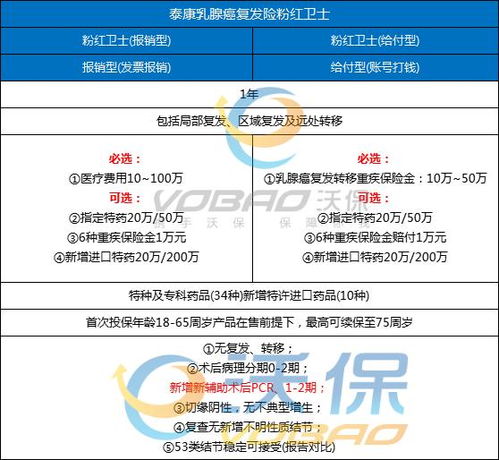Understanding Insurance Coverage Limits
Insurance coverage limits refer to the maximum amount an insurance company will pay out for a covered loss or claim. These limits are outlined in your insurance policy and vary depending on the type of insurance you have.
Insurance coverage limits can apply to various types of insurance, including:
- Auto Insurance: This typically includes liability coverage limits for bodily injury per person, bodily injury per accident, and property damage per accident.
- Homeowners Insurance: Coverage limits may include dwelling coverage, personal property coverage, liability coverage, and additional living expenses coverage.
- Health Insurance: Limits may apply to services such as hospital stays, surgeries, prescriptions, and other medical expenses.
- Life Insurance: The coverage limit is the death benefit, which is the amount paid out to beneficiaries upon the insured's death.
- Business Insurance: Coverage limits vary depending on the type of coverage, such as general liability, professional liability, property insurance, and workers' compensation.
Understanding insurance coverage limits is crucial for several reasons:
- Financial Protection: Coverage limits determine the extent of financial protection provided by the insurance policy. Insufficient coverage could leave you vulnerable to financial losses.
- Legal Requirements: Many types of insurance, such as auto insurance and workers' compensation, have minimum coverage requirements mandated by law.
- Policy Costs: Higher coverage limits typically result in higher premiums. It's essential to strike a balance between adequate coverage and affordability.
- Risk Management: Assessing your risks and selecting appropriate coverage limits can help mitigate potential losses and liabilities.
Several factors influence insurance coverage limits:

- Asset Value: Higher asset values may necessitate higher coverage limits to adequately protect against potential losses.
- Legal Requirements: Certain types of insurance, such as auto insurance, have minimum coverage requirements mandated by law.
- Risk Exposure: Individuals or businesses with greater exposure to risks may require higher coverage limits to mitigate potential losses.
- Financial Capacity: Your financial situation and ability to pay premiums may influence the coverage limits you choose.
When selecting insurance coverage limits, consider the following guidelines:
- Evaluate Your Risks: Assess your potential liabilities and financial exposure to determine appropriate coverage limits.
- Review Policy Requirements: Familiarize yourself with any legal requirements for minimum coverage limits.
- Consider Asset Value: Ensure that coverage limits adequately protect your assets and property.
- Consult with an Agent: Insurance agents can provide valuable insights and help you customize coverage limits to suit your needs.
- Review Regularly: Periodically review your insurance coverage limits to ensure they remain adequate, especially after significant life events or changes in your financial situation.
Insurance coverage limits play a critical role in providing financial protection and managing risks. By understanding the various types of coverage limits, factors influencing their determination, and guidelines for selecting appropriate limits, you can make informed decisions to safeguard your assets and liabilities effectively.
